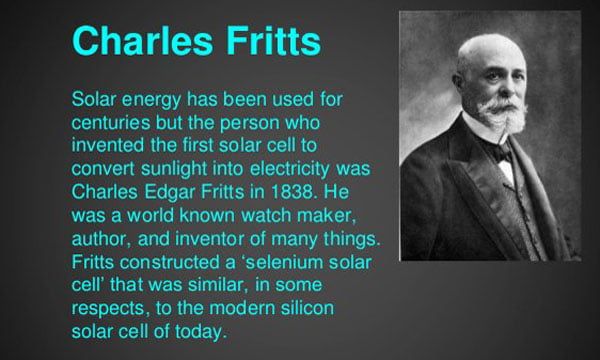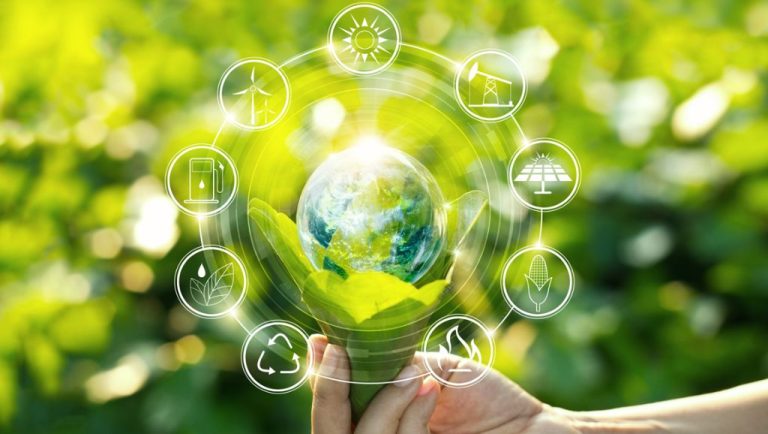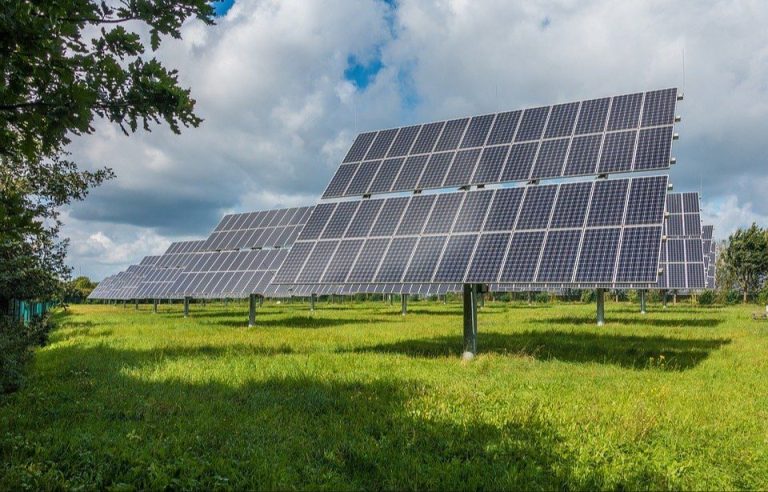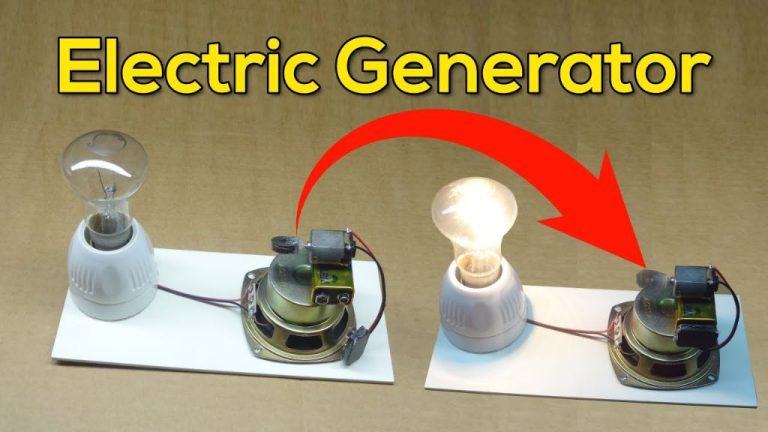Is Renewable Energy Bad For The Environment
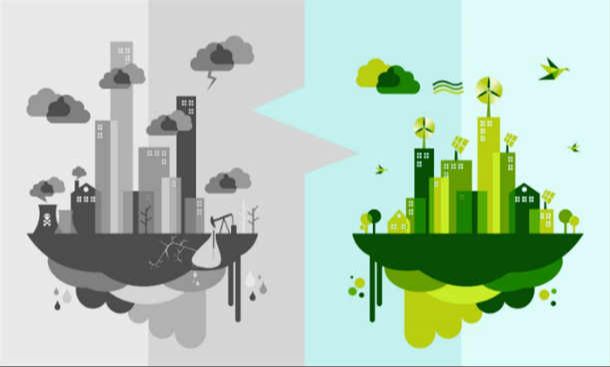
Renewable energy comes from natural sources or processes that are constantly replenished. This includes sunlight, wind, water, geothermal heat, and plant materials. Using renewable energy is crucial for both environmental and economic reasons. Unlike fossil fuels, renewable energy does not directly emit greenhouse gases which cause climate change. This makes renewable energy critical for transitioning to a sustainable, low-carbon future. However, renewable energy sources also have some potential downsides when scaled up. This article explores the leading sources of renewable energy and analyzes their environmental benefits as well as areas of caution.
Introduction
Renewable energy is derived from natural processes that are constantly replenished. This includes sunlight, wind, water, geothermal heat, and plant materials. Using renewable energy is important for both environmental and economic reasons. Unlike fossil fuels like coal, oil and natural gas, renewable energy sources do not directly emit greenhouse gases which cause climate change. This makes renewable energy essential for transitioning to a sustainable, low-carbon future. However, some renewable energy sources also have potential environmental downsides when implemented at large scale that should be considered. This article will explore the leading sources of renewable energy and analyze their benefits as well as areas of caution for the environment.
Types of Renewable Energy
There are several major types of renewable energy sources that are in use today:
Solar Energy
Solar energy comes directly from the sun in the form of radiation. It is captured and turned into useful forms of energy using solar cells and collectors. Solar panels convert sunlight into electricity, while solar thermal collectors capture heat from the sun.
https://www.un.org/en/climatechange/what-is-renewable-energy
Wind Energy
Wind turbines convert the kinetic energy of wind into mechanical power or electricity. Wind farms consisting of many turbines in one location generate power that feeds into the electrical grid.
https://www.nationalgrid.com/stories/energy-explained/what-are-different-types-renewable-energy
Hydropower
Hydropower generates electricity by using turbines to capture energy from moving water. Reservoirs behind dams provide a constant source of energy as water flows through the turbines.
Geothermal Energy
Geothermal energy taps into underground reservoirs of hot water and steam to generate clean electricity and provide heating. It is extracted by drilling wells and using the generated steam to power turbines.
Biomass Energy
Biomass utilizes organic plant and animal waste as a fuel source. Common sources include wood, agricultural waste, sewage, and animal manure. The organic matter is burned to produce heat or generate electricity.
Environmental Benefits
Renewable energy provides numerous environmental benefits compared to fossil fuel energy sources. Some key environmental benefits of renewable energy include:
Reduces air pollution and greenhouse gases: Unlike fossil fuels, most renewable energy sources produce little to no greenhouse gas emissions or air pollutants. According to the EPA, generating energy from renewable sources can reduce the types of air pollution that contribute to smog, acid rain, and other health problems [1]. Renewable energy also reduces the emissions of carbon dioxide and other greenhouse gases that contribute to climate change.
Preserves natural resources: Renewable energy sources are replenished naturally and are virtually inexhaustible. This helps conserve natural resources and protects the environment. For example, solar and wind energy require no fuel to generate electricity.
Creates green jobs: The renewable energy industry is creating a wide array of well-paying and meaningful green jobs. Jobs are being generated in manufacturing, construction, installation, operations, maintenance, and more [2]. The renewable energy workforce is expected to continue expanding in the years ahead.
Potential Environmental Drawbacks
While renewable energy is generally considered better for the environment compared to fossil fuels, there are some potential environmental drawbacks that should be considered. These mainly relate to land use changes, materials sourcing and manufacturing, and impacts on wildlife.1
The large scale installations required for some renewable energy sources like solar and wind farms can lead to significant changes in land use. Solar farms in particular take up a lot of space. The materials sourcing and manufacturing processes required to produce renewable energy technologies may also have environmental impacts. Producing solar panels requires various metals and rare earth elements that need to be mined and processed.2
There can also be unintended impacts on wildlife from renewable energy projects. Wind turbines can injure or kill birds and bats that fly into the rotating blades. Hydropower dams impact fish migration patterns. Solar farms may disrupt desert ecosystems and habitat.3 While renewable energy is cleaner than fossil fuels overall, these potential local environmental impacts need to be properly assessed and mitigated.
Solar Energy
Solar energy has become one of the most popular forms of renewable energy due to its abundant supply and the fact that it does not directly emit greenhouse gases. According to EnvironmentalScience.org, solar power plants do not produce any air, water, or noise pollution and don’t emit any greenhouse gases. In fact, just one hour of sunlight could provide enough energy for the entire world’s energy needs for one year (Environmental Science, 2022). Solar panels placed on homes and businesses can generate electricity from sunlight, reducing the need to purchase energy from carbon-intensive utility companies.
However, solar does have some negative environmental impacts that need to be considered. The manufacturing process of solar panels does generate some waste, as noted by Investopedia. Solar panels contain hazardous materials like lead and cadmium that must be disposed of properly (Investopedia, 2022). There are also concerns around solar farms using a significant amount of land that could disrupt local plant and animal ecosystems, according to EnvironmentalScience.org. The mining process to obtain materials for solar panels like silicon, copper and aluminum has also raised environmental concerns around habitat destruction.
Sources:
https://www.environmentalscience.org/solar-power-101
https://www.investopedia.com/articles/investing/053015/pros-and-cons-solar-energy.asp
Wind Energy
Wind power offers several environmental benefits as a clean, renewable energy source. Wind turbines do not produce air pollution or greenhouse gases while operating. According to the U.S. Department of Energy, wind energy avoided an estimated 203 million metric tons of carbon dioxide emissions in 2020 alone (source). By displacing fossil fuel electricity generation, wind power reduces emissions of carbon dioxide, nitrogen oxides, sulfur dioxide, particulate matter, and other pollutants. Wind energy helps combat climate change and improves public health through cleaner air.
However, wind turbines can negatively impact birds and bats through collisions or habitat disruption. Proper siting of wind farms can help minimize bird and bat mortality. The spinning blades also generate noise which can disturb nearby residents. Some people find wind turbines visually unappealing or object to their presence on the landscape. Careful wind farm planning can reduce these community concerns by avoiding sensitive habitats and residential areas.
Hydropower
Hydropower is a renewable energy source that relies on flowing water to generate electricity. Hydropower plants capture the energy of falling or flowing water to spin turbines connected to generators. In the US, hydropower is the largest source of renewable energy, accounting for over 6% of total electricity generation [1].
On the positive side, hydropower provides a reliable and steady supply of clean energy that produces no direct waste or emissions. The flowing water can also be stored in reservoirs and released when electricity demand is high. Hydropower facilities have long lifetimes of 50-100 years and have low operating and maintenance costs compared to other energy sources [2].
However, hydropower can also have negative environmental impacts. Building dams and reservoirs can change natural waterways and displace wildlife habitats. Hydropower facilities may obstruct fish migration and affect water quality and flows downstream. Reservoirs can also emit methane, a potent greenhouse gas. Careful facility design and mitigation strategies are important for minimizing hydropower’s environmental footprint [3].
Geothermal Energy
Geothermal energy comes from the natural heat within the Earth. It is harnessed by drilling deep wells and using the steam or hot water that comes up to generate electricity. Geothermal power plants provide constant baseload power, meaning they can run 24/7 unlike intermittent sources like solar and wind. This makes geothermal a reliable and sustainable energy source.
Geothermal energy has very low emissions compared to fossil fuels. According to the U.S. Department of Energy, geothermal power plants release less than 1% of the carbon dioxide emissions of a fossil fuel plant. This makes geothermal an environmentally friendly energy source.
However, there are some potential drawbacks to geothermal energy. Drilling and setting up geothermal power plants can disturb the land and wildlife habitats. There are also concerns around water use, as geothermal plants use water to generate steam. Proper siting and mitigation strategies need to be employed to reduce environmental impacts.
Overall, geothermal energy has significant environmental benefits as a low-emission baseload power source. With careful planning and management, the potential negative impacts can be minimized. Geothermal energy has an important role to play as part of a renewable energy future.
Biomass Energy
Biomass energy comes from plant and animal waste, such as wood chips, agricultural waste, and garbage. It is considered a renewable energy source because plants and trees can be replanted to replace those that are used as fuel. Biomass is burned to produce steam which spins turbines to generate electricity.
One of the main benefits of biomass energy is that it utilizes materials that would otherwise be discarded as waste, providing a productive use for these materials. According to the Solar Reviews article, using waste materials as fuel can help with waste reduction and management [1]. This gives biomass an environmental advantage over fossil fuels which cannot be replenished.
However, biomass energy also has some drawbacks when it comes to the environment. The combustion of biomass releases air pollutants like carbon monoxide, nitrogen oxides, volatile organic compounds, and particulate matter. The EnergySage article notes biomass combustion can have adverse environmental impacts if not properly regulated [2]. There are also concerns that increased demand for biomass could lead to deforestation and changes in land use as more trees and crops are cultivated for fuel.
Conclusion
Renewable energy sources like wind, solar, and hydropower are critical components for environmental sustainability and reducing greenhouse gas emissions. However, they do come with some potential drawbacks that should be considered, like impacts on wildlife and land use changes. A holistic view is needed to maximize the benefits of renewables while also mitigating any negative effects through careful siting, technology improvements, and environmental impact reviews.
Rather than an “either/or” scenario, the future of energy should include an appropriate mix of renewable sources along with responsible natural gas utilization, energy efficiency, grid modernization, and other solutions. Each region and situation is unique, so the ideal energy mix considers all options. With continued innovation and a nuanced approach, renewables can play a major role in building a cleaner energy system while safeguarding the environment.

